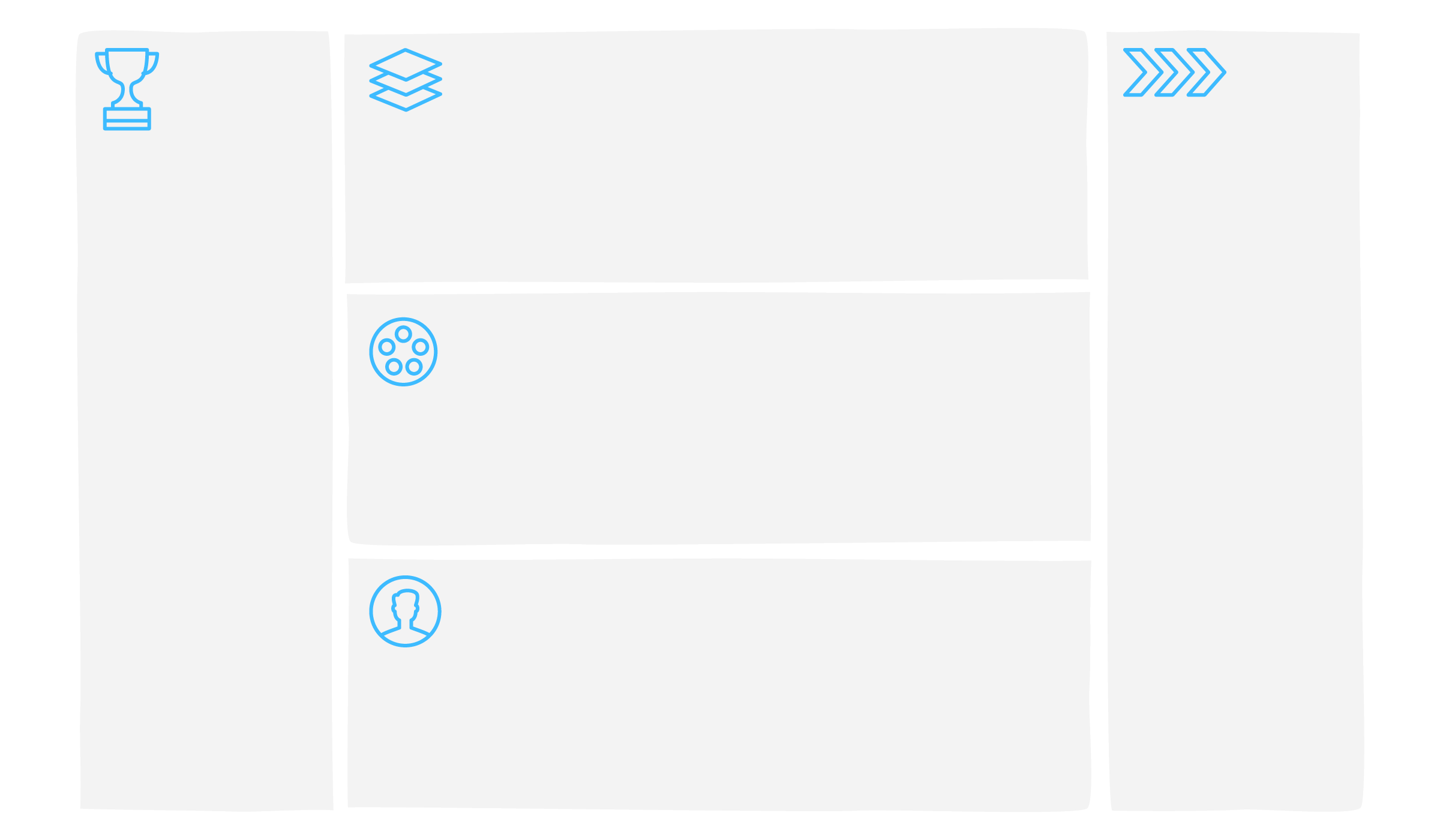How do you build an agile organization, meaning an adaptable organizational structure based on increased levels of decentralization and self-management? While not aiming at a definitive answer (for now), we suggest a good starting point are crucial issues raised by innovative forms of organizing. This is the first of three blog posts discussing the key issues that must be resolved for any organization of the future to take off.
The goal of our Agile Organizing Kit is to provide Management Kit users with key resources to make sense of and apply novel forms of organizing, based on increased levels of decentralization and self-management, in their organizations.
In contrast to other fields – and other Kits – we believe that “agile organizing” – the umbrella term we’ve used to discuss different resources – has yet to be thoroughly empirically studied from an academic point of view.
Yet there is lots of practical knowledge being created every day, as managers kick off experiments with new organizational forms and learn about decentralized organizing by engaging in it. At the same time, however, there are some key issues of alternative organizing that haven’t yet been solved, which require tools and methodologies to support further ideation and design efforts. There isn’t yet a “best practice” to adopt.
This situation informs our work on the Agile Organizing Kit, which rests on three pillars:
-
Issues: the key questions raised by new forms of organizing, based on a far-reaching decentralization of authority.
-
Cases: the examples, case studies, books, innovative management models, and the variations of those management models emerging as they are implemented. One case can thereby inform learning on several issues, and one issue can have different answers in several cases.
-
Tools and other resources that practitioners can deploy to learn about, design, and redesign elements of new forms of organizing. Again, one tool might answer a number of issues at once.
Preview the Agile Organizing Kit
Methods and tools for agile organizing must solve a number of key design and development issues
In this series of blog posts, we want to share a preliminary list of issues that any organizational leadership team will have to consider (and at least some of them will require an initial solution to get going) when exploring a management system based on decentralization of authority.
Many of those issues are variations of long-standing, if not perennial, management problems. It’s just that under the premises of a novel form of organizing these issues might look different.
There are two types of issues: design issues and development issues (or transformation issues). Design issues ask where you’re going, what is the target state. Development issues ask how do you get there, what are steps, milestones, or drivers.
This distinction is pragmatic. Of course, many design and development issues are interrelated in several ways and are often two sides of the same coin. Take the example of leadership in decentralized set-ups. It has at least one design issue: how can you set up or allow for the emergence of distributed leadership roles within the organization. Related to that are development questions: how do you set up the practices and capabilities to make sure that leadership is productively enacted in your organization?
Read on:



